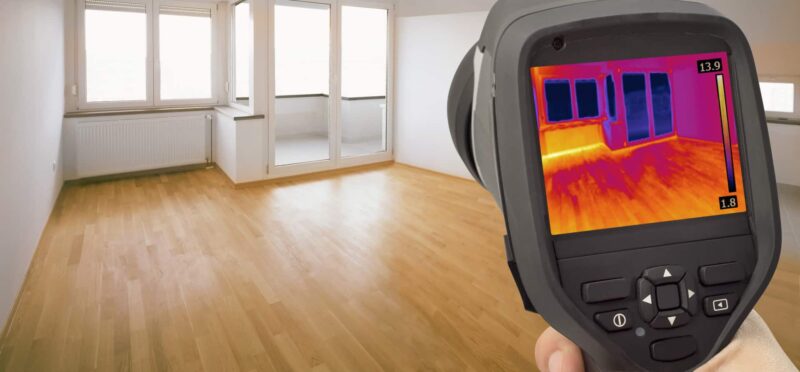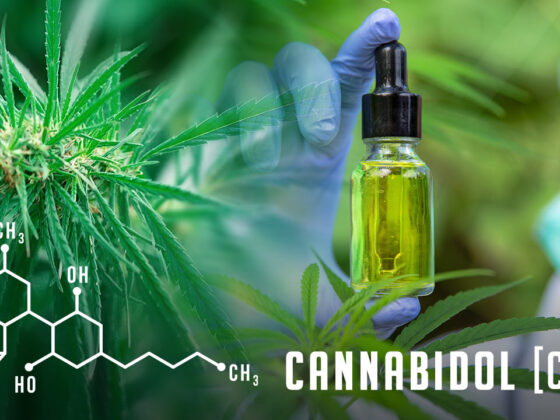In recent years, the field of mold testing technology has seen significant advancements that have revolutionized the way we detect and assess mold in indoor environments. From high-tech sensors to innovative sampling methods, these new technologies have made it easier and more accurate to identify potential mold issues in homes, offices, and other buildings.
As researchers and engineers continue to push the boundaries of what is possible in this field, it is important for consumers and professionals alike to stay informed about the latest developments and what they mean for the future of mold testing.
In this article, we will explore some of the most exciting advancements in mold testing technology and discuss what you need to know to stay ahead of the curve.
Introduction to Mold Testing Technology
As advancements in mold testing technology continue to evolve, it is essential for individuals to understand the intricacies of these new methods. Mold testing technology plays a crucial role in detecting and identifying mold within residential and commercial properties, helping to improve air quality and prevent potential health issues.

With the ability to pinpoint mold growth more accurately and efficiently, these new technologies provide a comprehensive view of the extent of mold contamination and the necessary steps for remediation. By staying informed about the latest developments in mold testing technology, individuals can better protect their homes and businesses from the harmful effects of mold exposure.
Traditional Methods vs. Advanced Techniques
In the realm of mold testing technology, the age-old debate between traditional methods and advanced techniques continues to garner attention. While traditional methods have long been relied upon for their effectiveness and simplicity, advancements in technology have introduced a new level of precision and efficiency to the mold testing process.
Traditional methods such as visual inspections and surface sampling have their merits, providing a basic understanding of the presence of mold in a given environment. However, advanced techniques like air quality testing and DNA analysis offer a more comprehensive and detailed assessment, allowing for a deeper insight into the types and levels of mold present.
As technology continues to evolve, it is essential for individuals and professionals in the field to stay informed on the latest advancements in mold testing technology to ensure the most accurate and reliable results.
Benefits of Advanced Mold Testing Technology
Advanced mold testing technology offers a multitude of benefits for homeowners and property owners. With the ability to detect mold in hard-to-reach places and provide accurate and detailed results, this technology allows for early detection and prevention of mold growth. By using state-of-the-art equipment and processes, advanced mold testing technology can help to identify the type of mold present, as well as the extent of the infestation.

This information is crucial for developing an effective remediation plan and ensuring the health and safety of occupants. Additionally, advanced mold testing technology can save time and money by providing quick and efficient results, allowing for timely action to be taken to address any mold issues. By investing in advanced mold testing technology, property owners can have peace of mind knowing that their property is free from harmful mold growth.
Conclusion
In conclusion, the advancements in mold testing technology have revolutionized the way we detect and address mold in our homes and businesses. From the convenience of at-home testing kits to the accuracy of advanced lab analysis, there are now more options available than ever before. It is important to stay informed about the latest technologies and procedures in mold testing to ensure the health and safety of your indoor environment.
Don’t hesitate to contact a professional mold inspection Tampa service if you suspect mold growth in your property. By staying proactive and utilizing the latest technology, you can effectively manage and mitigate mold issues before they become a larger problem.


